All these new MTA elevators are no good if people keep pissing in them
“It's not like you can step over it,” one advocate said.
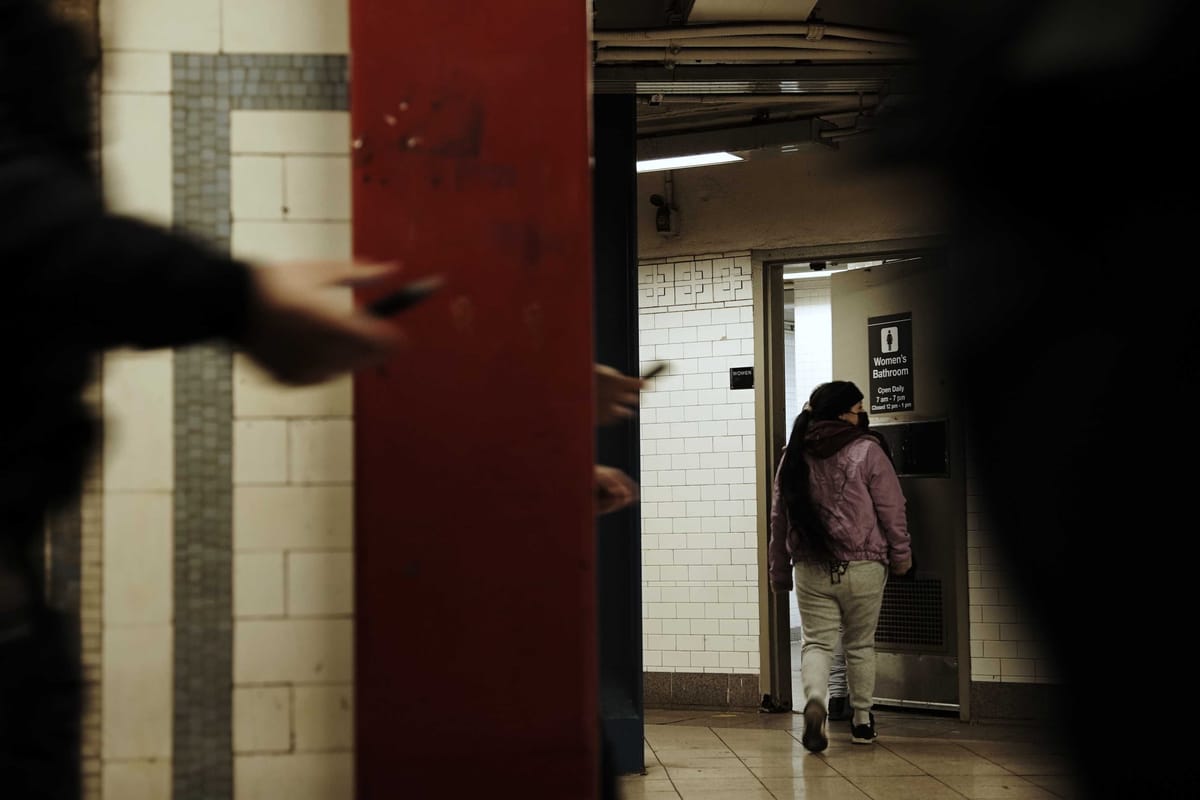
By Anna Leah
Michael Ring pushes for disabled runners to be included in marathons all over the world. His goal for New Yorkers with mobility issues is more humble: to use the subway.
When he was temporarily paralyzed, Ring navigated mass transit with a wheelchair. For the past five years, he's been a member of Disabled in Action, an advocacy group calling for well-maintained and widespread elevators on the subway. That access is set to improve throughout the system. But brand-new, hard-won accommodations might be rendered essentially unusable for a basic reason. Ring remembered a recent ribbon-cutting of a subway elevator in his neighborhood, at Brooklyn’s Seventh Avenue station last year.
“We all joked: we're somewhat comfortable this elevator hadn't been used as a bathroom yet,” he recalled. “If you're not confident that the elevator is clean, it might as well be dirty.”
When Ring used a wheelchair, he said he avoided the subway because elevators were either foul or broken. He remembered not wanting to roll through human waste and then roll through his home.
“It's not like you can step over it,” he said.
DIA is a party to several lawsuits against the MTA, the agency responsible for subways. Part of one 2023 settlement is the much-touted promise that 95 percent of subway stations will have elevators or ramps by 2055. But some disability activists are warning that if the MTA doesn’t unlock more of its public restrooms, that promise could go down the drain — the elevators, they say, turn into back-up bathrooms very quickly.
“Just having elevators doesn’t mean we can get around,” DIA president Jean Ryan told The Groove.
Open elevators provide desperate riders with a rare opportunity for 24-7 privacy on a well-lit, highly public subway system that doesn’t offer any of the options on which New Yorkers rely to relieve themselves — like restaurants, or even hidden nooks on the street. Even the subway bathrooms that are open to the public are closed after 7 pm. Several activists say their routes are impeded by elevators that make them hold their nose.
Nyc subway system is a joke if you’re in a wheelchair. If you find a station with an elevator, 9 times out of 10 it smells like piss or shit, literally
— Vanessa rodriguez (@Vrodbrainfood) July 25, 2020
Monica Bartley, a 70-year-old Bushwick resident and wheelchair user, said she often has to “avoid rolling into poop and [elevators] usually smell of urine.”
“I think that's because people are unable to find a bathroom,” she said. “The next best place is the elevator.”
Over 550,000 New Yorkers have ambulatory difficulties, per the Mayor's Office for People with Disabilities. Even more people use elevators to help them with strollers, luggage, churro carts and anything else.
At the last MTA board meeting of 2023, roughly two dozen activists gathered behind Ryan and unfurled signs as she gave comments at the podium. They chanted, “Fix the elevators! Settle the case!” They were ejected by security.
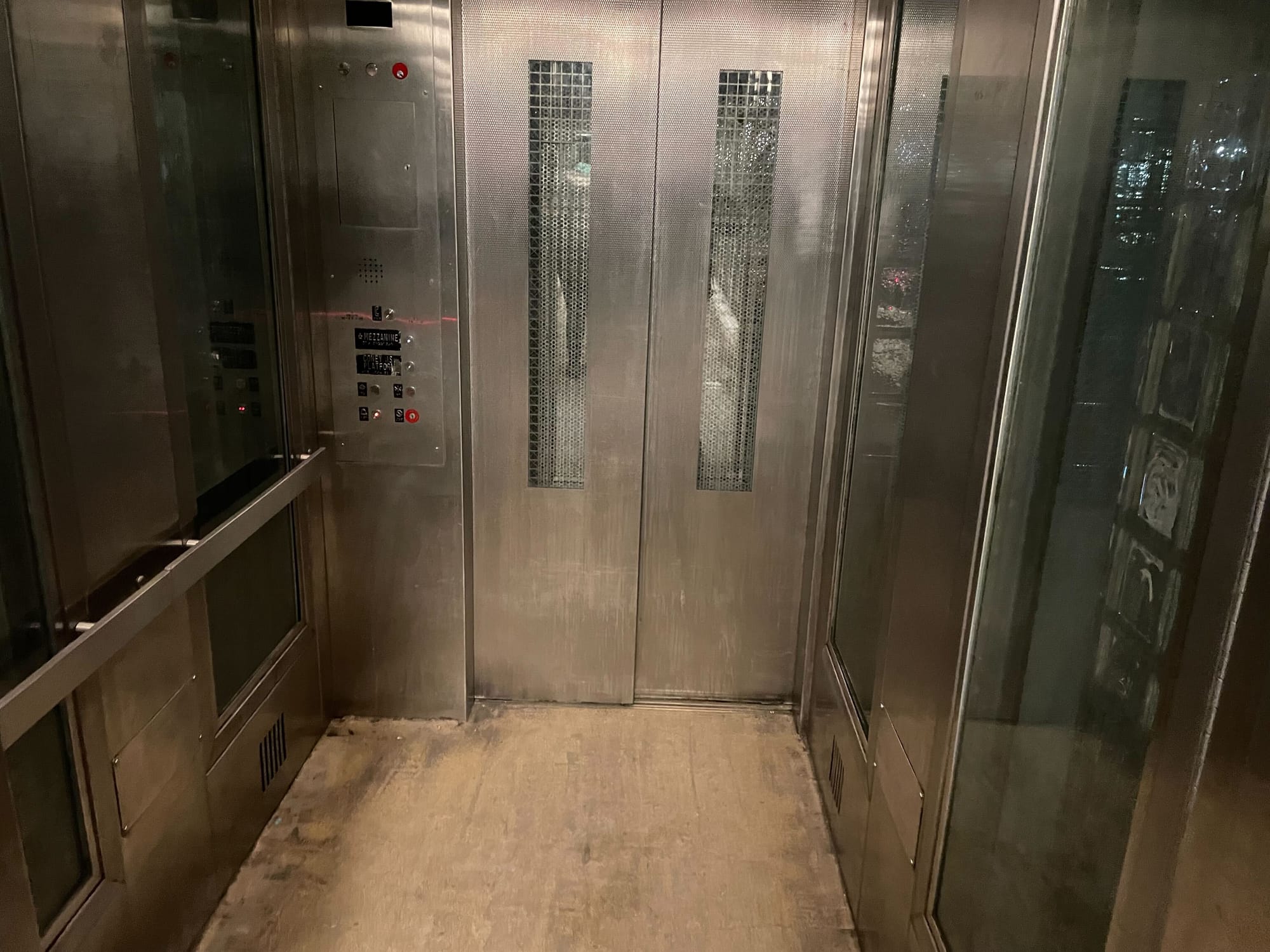
The protesters were referring to one of the lawsuits brought against the MTA by a plethora of disability rights organizations, including DIA and Rise and Resist Elevator Action Group. The lawsuit, filed in 2017, calls for increased elevator maintenance.
Other suits have led to far-reaching accessibility commitments, but Ryan says DIA and Rise and Resist are protesting monthly because they aren't getting the same traction as they sue for elevator repairs and outage accommodations.
Ryan, a 79-year-old retired child psychologist, uses Access-A-Ride to get to the Manhattan meetings from Bay Ridge and does so for almost every MTA hearing. Before she was escorted out, she told the board it takes four working elevators for a person using a wheelchair to make a single trip (one from the street to the station, another from the station to the platform, and then another two to get back up at the destination).
Honestly, I feel sorry for the people who rely on MTA elevators, because disgusting people use them like they're a bathroom.
— Genie Lauren (@MoreAndAgain) January 30, 2019
There's not a single MTA elevator that doesn't smell like piss. https://t.co/jG8f82FjdN
Ring has used subway bathrooms before. A Groove visit to several Manhattan subway restrooms found basic but functioning accommodations, with stainless steel commodes and white tiles that were fairly clean, if grungy.
“The MTA likes to let perfection get in the way of ‘good enough’,” Ring said. “Sometimes, ‘good enough’ is good enough.”
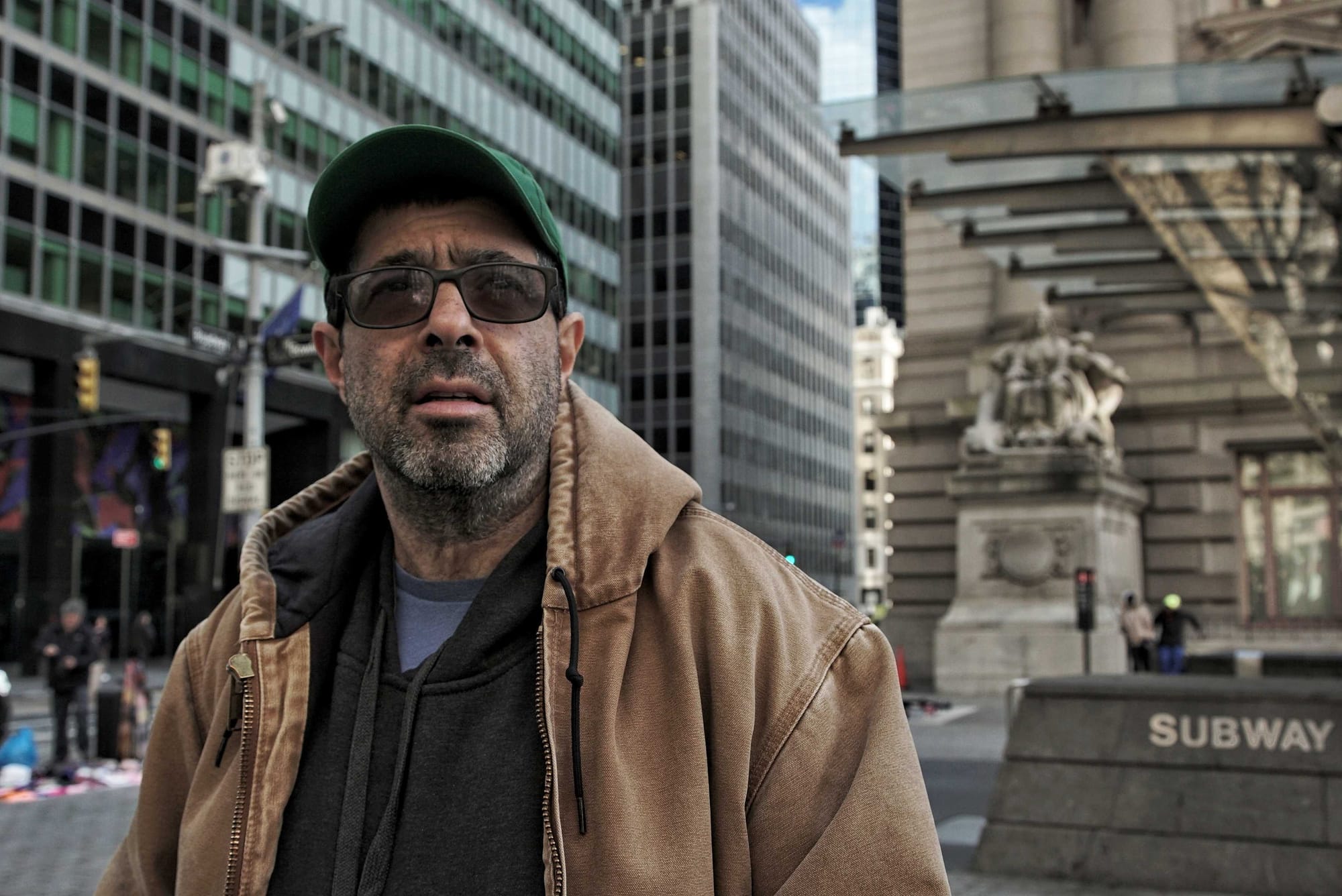
Ring added he has “low expectations” for those facilities. Even though his own needs aren't completely met in public lavatories, he wants them open anyway.
“I don’t think they should leave them locked because they’re not accessible,” he said. “People are using the elevator as a bathroom because they have no choice.”
• Here's a full list of public bathrooms on the subway
• Follow Got2GoNYC for secret bathroom access across the city
“People need to go to the bathroom. It’s basic stuff.”
The Centers for Disease Control found 1.3 percent of the country lives with an irritable bowel disease, which includes Crohn's. The National Institutes of Health reference a study that found roughly 40 percent of adults over 40 experience symptoms of an overactive bladder. This adds up to a lot of people who can't wait until they exit at their station.
“Listen, we can’t be the bathroom for all of New York,” MTA Chair and CEO Janno Lieber told CBS in 2022. He blamed the locked doors on COVID, a lack of cleaners and security concerns. The next year, they re-opened some johns in the system's 472 stations.
The MTA is up to 58 reopened privy locations available to the public. In an email, a representative said 69 stations have bathrooms, presumably waiting to be unlocked. They're supposed to be open from 7 a.m. to 7 p.m., with an hour closure from noon to 1 p.m.
Why can’t there be more public porcelain underground? The problem isn’t necessarily plumbing.
Subway stations are full of nondescript gray doors. Some lead to fully functional powder rooms. I asked a worker in a Financial District station which one was the staff restroom. They pointed to a locked door with an inscrutable code above it.
When I asked if almost every station had facilities for crew, they were unambiguous. “Oh, absolutely,” the employee told me. (They did not want to give their name because they were working and not allowed to be quoted.)
Historian and author of 722 Miles: The Building of the Subways and How They Transformed New York, Clifton Hood explained that all the original stations had public bathrooms.
“A lot of them were closed in the 1930s, when there was concern about what some regarded as really serious crimes,” Hood told The Groove. He meant a moral panic that homosexual men were using them for trysts. Financial woes of the 1970s brought another kind of pearl-clutching and closures. Hood couldn't say off-hand how many washrooms still exist underground.
A jaunt on the D to the city archives in Industry City reveals the inspection reports of subway water closets, ordered by former Mayor Fiorello LaGuardia. Those documents count more than 1,600 comfort stations in 1940.
That represents roughly three per station at the time, far more than our current two-genders, two-bathrooms in the stations lucky enough to be blessed with facilities for the subway-riding masses.
DIA president Ryan hasn't comfortably ridden the subway since she started using a motorized wheelchair. But she still remembers a kindly MTA worker who unlocked a lavatory at the 125th Street Station 51 years ago and let her be pregnant and sick with the dignity of a working toilet.
That isn't always the case. As Ryan was appearing in court for her group's lawsuits, the downtown Manhattan courthouse didn't have appropriate ladies’ rooms. The stall at the end was marked as wheelchair-accessible, she said, but like many other stalls in many other restrooms, it didn't close. She could only hope no one else came in.
“You have to go to the bathroom so bad, you say you don't care who sees you naked or half naked," she said, "but you don't really want to."
The pledge for more subway elevators is the result of the six-year legal battle waged by Ryan and others. Another concession by the MTA is that 15 percent of their capital budget will go towards accessibility. The plan for congestion pricing passed at the same meeting where Ryan and Michael Ring spoke.
The MTA estimates the toll will let the agency raise $15 billion in financing to pay for modernizations, a Second Avenue line expansion, elevators and escalators in more stations and other improvements as part of a $51.5 billion package of system-wide upgrades.
The MTA’s 2023 accessibility report doesn't mention toilets. The agency hired their first-ever chief accessibility officer, Quemuel Arroyo, but did not make him available for an interview for this story.
In response to questions about why so many staff and historically available facilities are offline, and disability activists' complaints about elevator cleanliness, MTA spokesperson Meghan Keegan said only: “The MTA is committed to providing a clean and accessible transit system" and "NYCT continues to reopen bathrooms on a rolling basis."
But the MTA knows there’s an issue. In spring of 2023, the agency asked manufacturers to step forward if they could make an “elevator car urine detection system” capable of operating in such a high-volume, vandalism-rich environment. MTA officials told The City they hoped other cities’ experiments would inform the process. One problem, the agency said then, is that urine damages the car and floor, making exposed parts prematurely rust and break down.
I'll help them out: every elevator in the subway system has piss in it, always, at all times pic.twitter.com/M32AbL7eRT
— Aurum (@Zolto) May 11, 2023
Another reason it was exploring piss alarms? As the agency put it: “Occasionally the elevator cars are used by riders as a restroom … passengers encountering a soiled car are typically overwhelmed by strong urine odors, forcing some to forego using the elevator.”
Ring broke it down, saying “People need to go to the bathroom, it’s basic stuff.”
As New Yorkers potentially face years of station renovations, Ring has a simple suggestion to make those improvements useful.
“If there were more bathrooms," he said, "we’d have more elevators.”

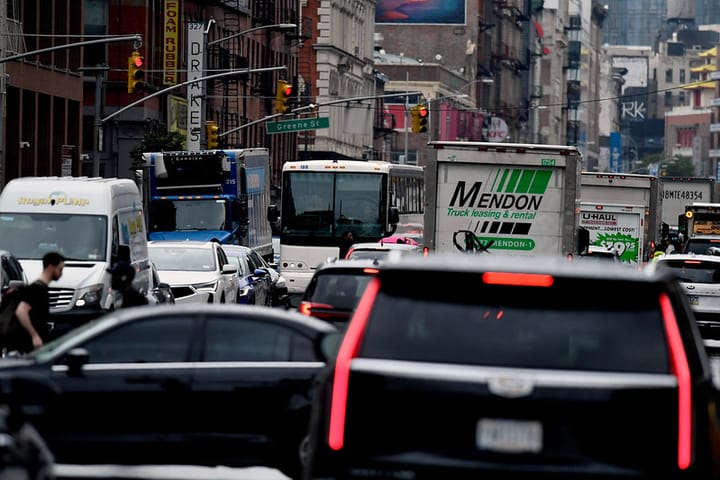
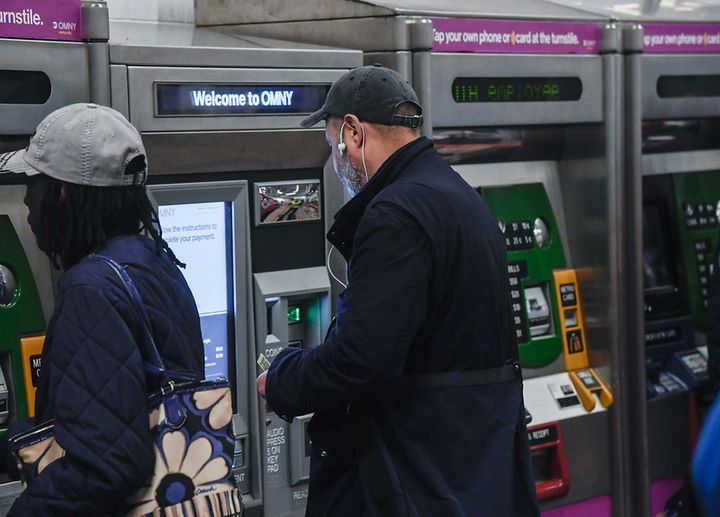
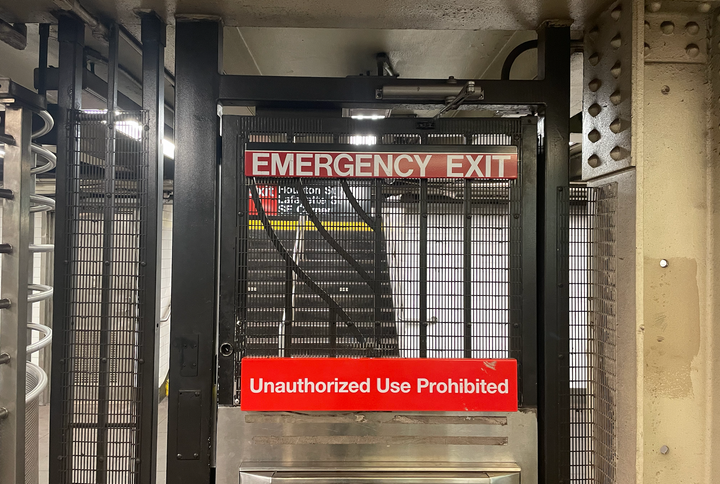
Comments ()